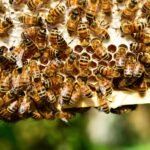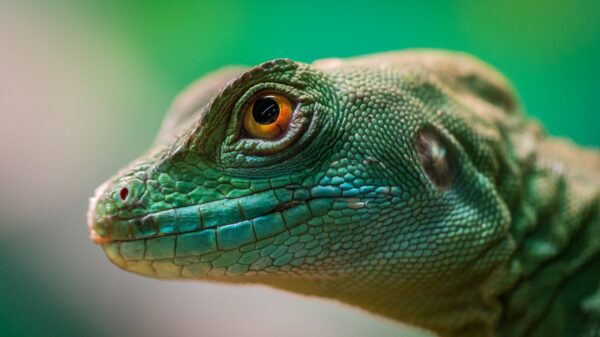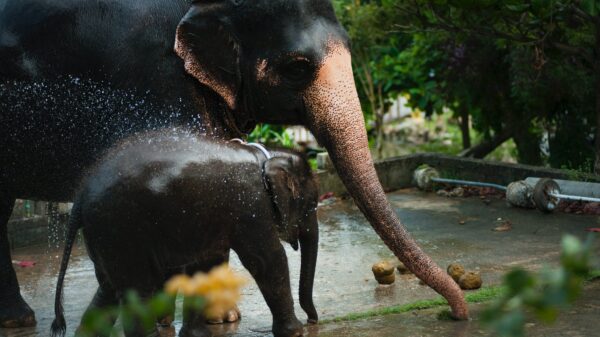Have you ever witnessed a bird building an intricate nest or watched a dolphin communicate with its pod in seemingly complex ways? Animals have been fascinating humans for centuries, and it’s no surprise why. The intelligence of animals is nothing short of incredible! From problem-solving skills to emotional awareness, these creatures possess qualities that we are only just beginning to understand. In this blog post, we’ll explore some mind-blowing facts about the astonishing intellect of our furry and feathered friends that you probably didn’t know before!
Introduction
Animals are far more intelligent than we give them credit for. In fact, some animals exhibit signs of intelligence that rival that of humans. From problem-solving to tool use to communication, animals have proven time and again that they are not to be underestimated.
So just how intelligent are animals? Let’s take a look at some of the incredible things they can do:
Problem solving: Animals have been known to solve complex problems in order to obtain food or avoid predators. For example, chimpanzees have been observed using rocks to crack open nuts, and crows have been known to drop shells into water so that the resulting waves will wash them ashore.
Tool use: Many animals use tools to help them obtain food or perform other tasks. For example, otters use rocks to break open clams, and elephants use sticks to swat flies. Even some reptiles, such as iguanas, use tools!
Communication: Animals communicate with each other in a variety of ways, from vocalizations to body language. Some animals even use sign language or other symbolic systems to communicate with humans. For instance, gorillas in captivity have been taught to communicate using American Sign Language.
As you can see, animals are far more intelligent than we often give them credit for. The next time you see an animal doing something impressive, remember that they’re not just showing off – they’re demonstrating their incredible intelligence!
Examples of Intelligent Behaviour in Different Species of Animals
There are many examples of intelligent behaviour in different species of animals. For instance, chimpanzees and gorillas have been known to use tools to help them with various tasks such as obtaining food or cleaning themselves. Dolphins are also very intelligent creatures and have been known to use cooperation to achieve various goals. Another example of intelligence in animals comes from the way some birds build their nests. Some species of birds will build their nests using a variety of materials depending on what is available to them, and they will often use their beaks to shape the nest in order to make it more comfortable for themselves and their young.
How Do We Measure Intelligence in Animals?
Intelligence is notoriously difficult to define, let alone measure. When it comes to animals, we can only really make educated guesses based on observed behaviors and known cognitive abilities. Even then, it’s hard to say for sure whether or not an animal is intelligent in the same way that humans are intelligent.
That said, there are some ways that we can measure intelligence in animals. One common method is called the Mirror Test, first developed by psychologist Gordon Gallup Jr. in 1970. The test works like this: an animal is shown a mirror and given a chance to explore it. If the animal recognizes itself in the mirror (i.e., it understands that the reflection is of itself), then it’s considered to be intelligent.
The Mirror Test has been used on a variety of animals, including chimpanzees, dolphins, elephants, and dogs. Surprisingly, most animals don’t pass the test; even many primates fail. This suggests that self-awareness might not be as widespread among animals as we thought.
Another way to measure intelligence in animals is by looking at their capacity for tool use. Animals that use tools are often considered to be more intelligent than those who don’t because it requires them to understand cause and effect and adapt their behavior accordingly. Tool use has been observed in a wide range of species, from crows to chimpanzees to octopuses.
So far, we’ve only scratched the surface when it comes to understanding animal intelligence. There’s still a lot
Impact of Human Activity
It’s no secret that human activity can have a negative impact on animal intelligence. Studies have shown that animals in captivity tend to be less intelligent than their wild counterparts, and that animals raised in human-dominated environments are often less intelligent than those raised in more naturalistic settings.
There are a number of possible explanations for this phenomenon. One is that animals in captivity are often bored and lack stimulation, which can lead to reduced intelligence. Another possibility is that the stress of living in a captive environment may hinder cognitive development. Additionally, many animals in captivity are not given the opportunity to socialize with members of their own species, which can also lead to reduced intelligence.
Whatever the reasons, it’s clear that human activity can have a significant impact on animal intelligence. This is yet another reason why it’s so important to protect wild habitats and allow animals to live as natural a life as possible.
The Role of Genetics and Environment in Animal Intelligence
Animal intelligence is a complex topic that scientists are still trying to understand. A big part of what makes an animal intelligent is its ability to learn and remember information. This is why genetics and environment are both important factors in animal intelligence.
An animal’s genes will influence how smart it is. For example, some animals are born with brain structures that allow them to learn more easily than others. However, even animals with less-than-optimal genes can become intelligent if they’re raised in the right environment.
A good environment for raising an intelligent animal includes plenty of stimulation and opportunities to learn. This might mean being around other animals, having access to toys or puzzles, and being given regular challenges to keep the mind active. If an animal isn’t exposed to enough Stimulation early in life, its brain won’t develop properly and it won’t be as intelligent as it could be.
So, while genetics play a role in animal intelligence, the environment is also important. By providing stimulating experiences for animals, we can help them reach their full potential!m
Conclusion
Animals have been shown to possess incredible intelligence that rivals, and in some cases exceeds, our own. This article has explored the fascinating facts behind animal intellect and their ability to learn complex behaviors. From tool use to problem solving skills and language comprehension, animals are truly remarkable creatures capable of performing tasks that may surprise us. It is clear that we need to be more aware of the capabilities of animals so as not to underestimate them or overlook their potentials. We can all learn a lot from these incredible minds!










